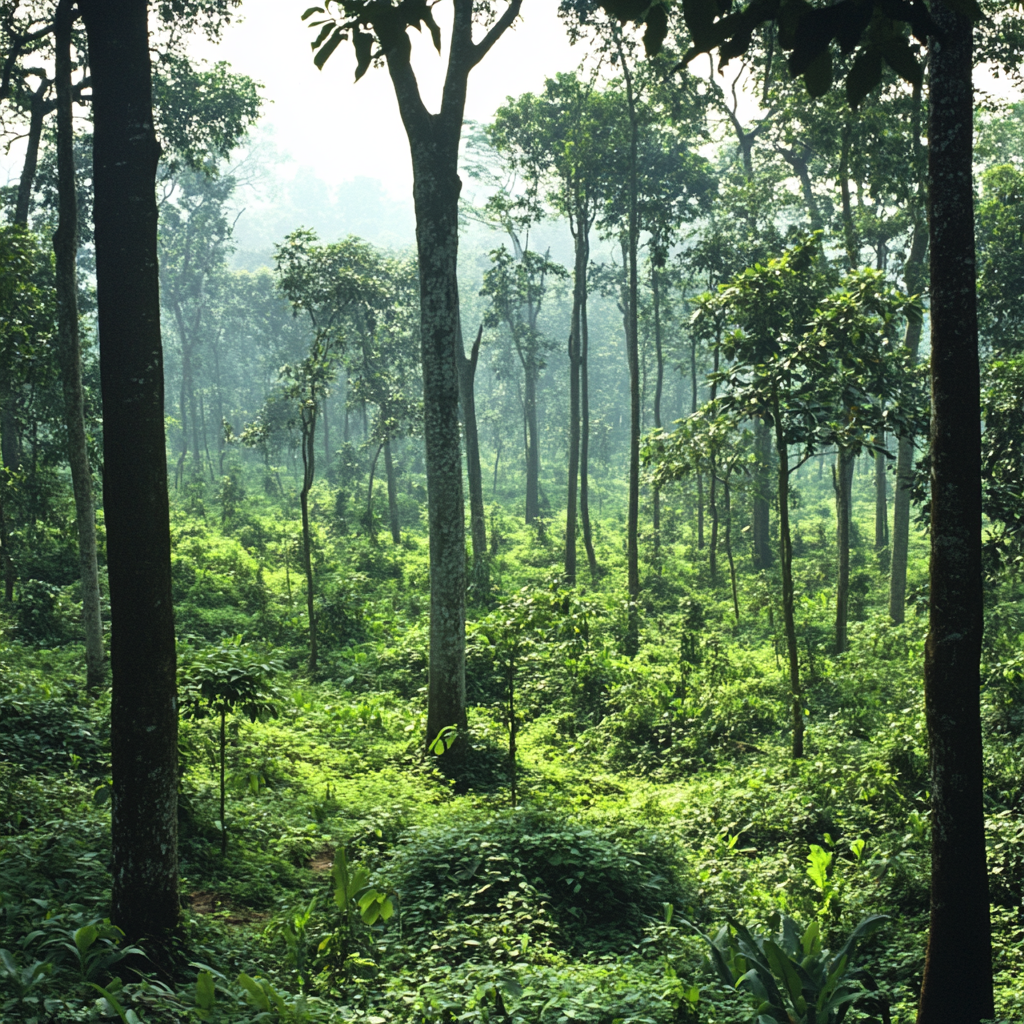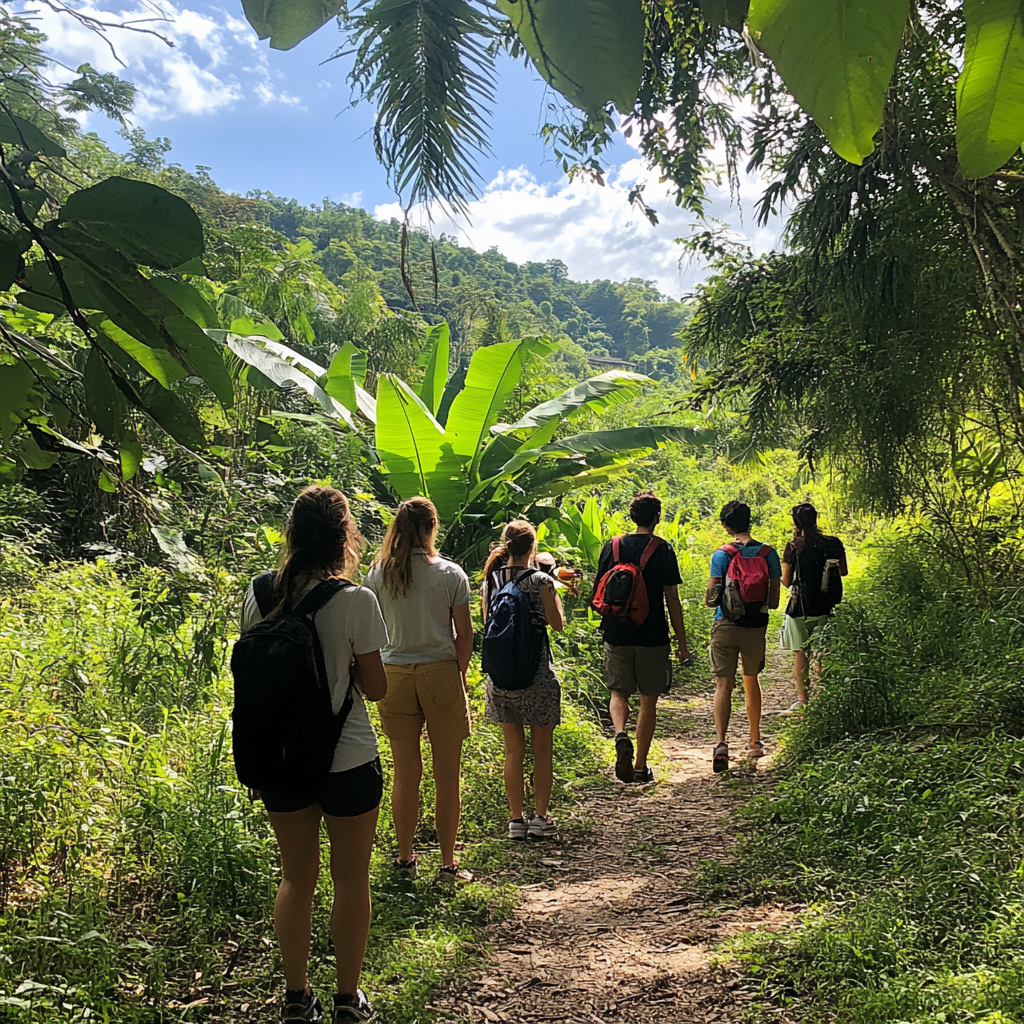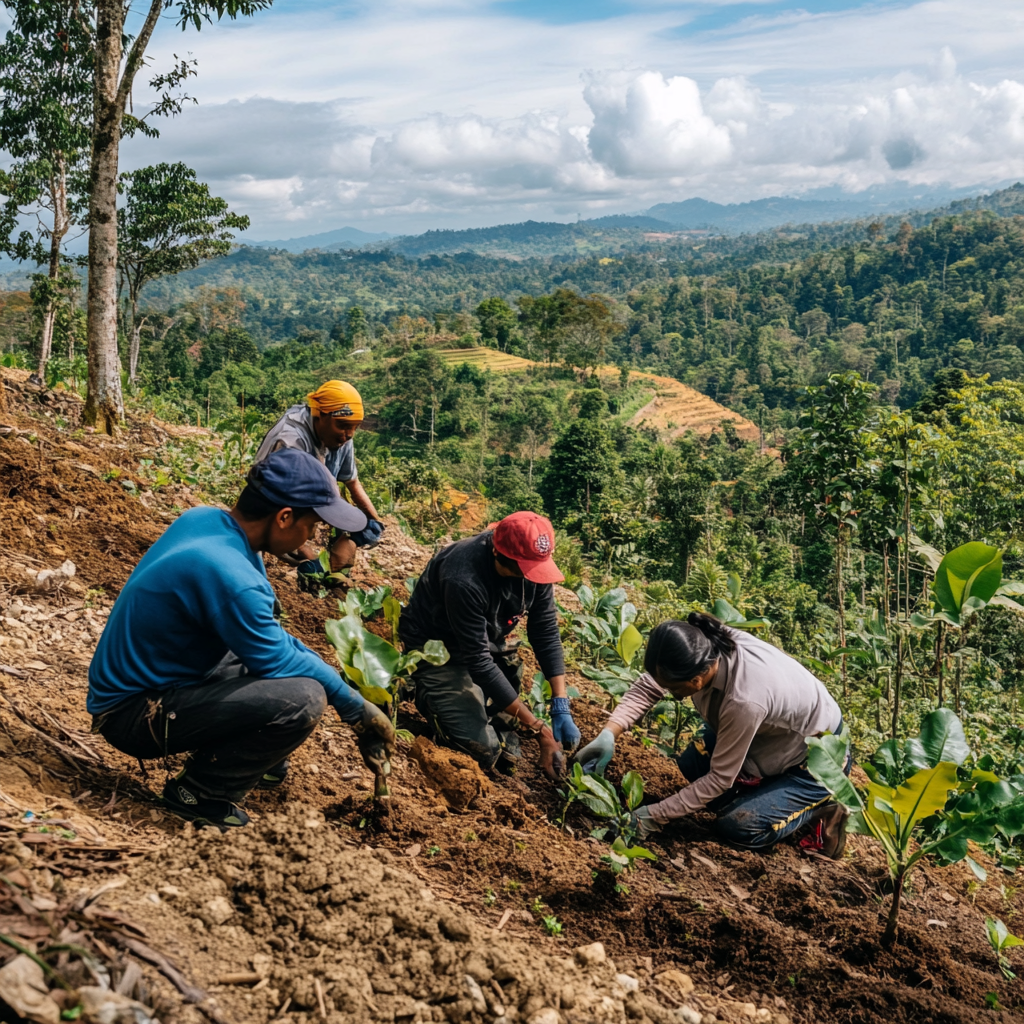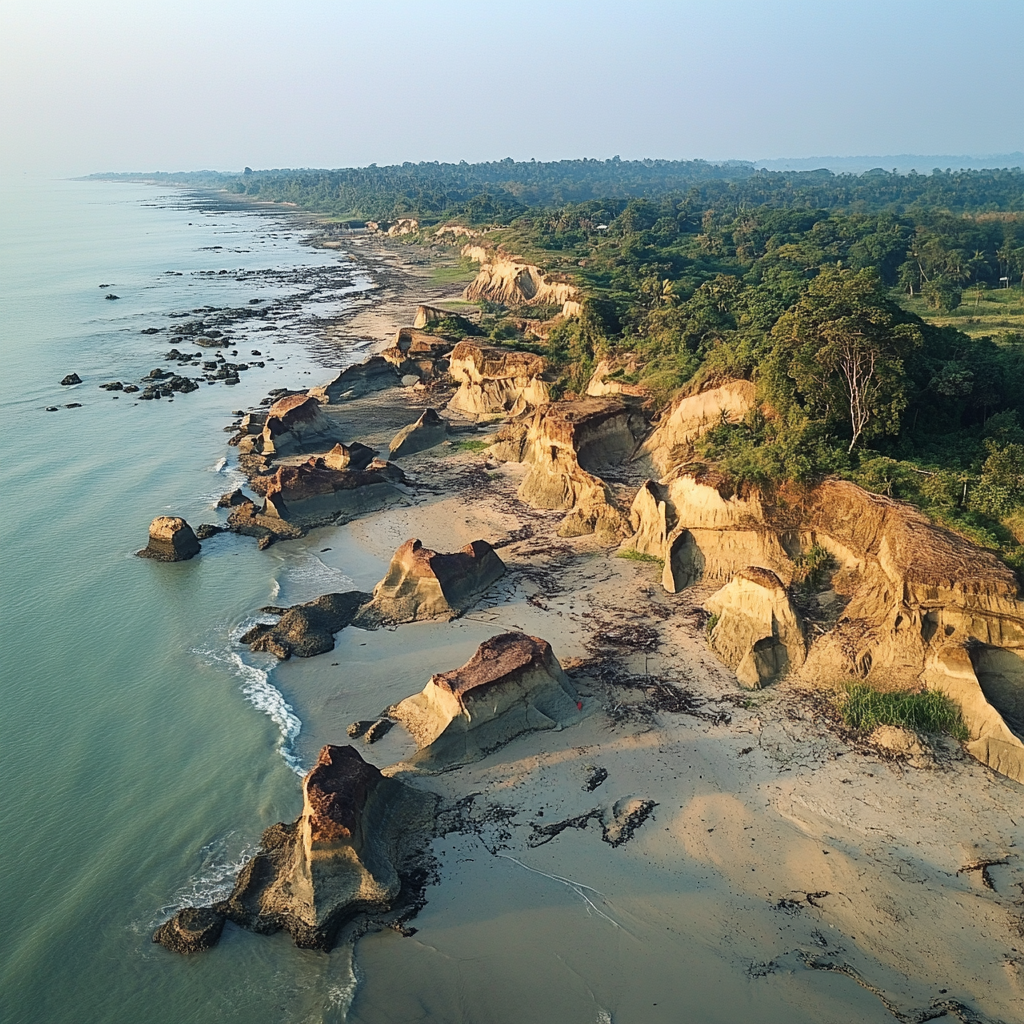Exploration in the Teknaf Forest
Importance and Relevance of Teknaf Forest
The Teknaf Forest, part of the longest coastal mangrove forest strip in the world, represents one of Bangladesh’s most significant ecological treasures.
Its unique biodiversity, coupled with its role in sustaining local communities through tourism, makes Teknaf a focal point in discussions around conservation and sustainable tourism.

This article explores Teknaf’s ecological value, current challenges, and strategies for sustainable management, drawing insights from conservation experts.
Biodiversity in Teknaf: A Habitat of Global Importance
Teknaf is home to a remarkable range of flora and fauna, many of which are endemic and endangered. Its biodiversity includes rare bird species, primates, and the critically endangered Asian elephant. This section delves into the unique ecosystems within Teknaf, explaining their ecological roles and importance to regional biodiversity.
Highlighting specific species and habitats provides valuable context for the forest’s ecological importance, including endangered species such as the Hoolock Gibbon and Bengal Tiger, as well as unique vegetation and diverse coastal ecosystems.
Economic Impact of Tourism on the Teknaf Forest Region
The tourism industry in Teknaf plays a crucial role in supporting local economies, attracting visitors with its stunning natural landscapes and diverse wildlife. This section examines the economic benefits derived from tourism, while also considering the environmental pressures it places on the forest ecosystem.


A scene of tourists hiking through the lush greenery of Teknaf Forest highlights the draw of eco-tourism, while local community efforts, such as tree-planting projects funded by tourism revenue, showcase how these earnings are reinvested to support conservation and sustainability.
Economic data on eco-tourism, along with examples of community projects, provide a fuller picture of the balance between tourism growth and ecological preservation in the area.
Conservation Efforts and Government Policies
The Bangladeshi government, in collaboration with NGOs, has implemented various policies aimed at protecting Teknaf. This section examines key policies and conservation strategies, assessing their effectiveness and identifying areas needing improvement.
Real-world challenges, such as funding limitations and enforcement gaps, add depth to this analysis by highlighting both successes and setbacks through local case studies. Additionally, statistics on deforestation rates and species decline illustrate the consequences of policy shortcomings, offering a comprehensive view of the ongoing conservation efforts.
Environmental Challenges and Pressures
Human activities, climate change, and resource exploitation present substantial risks to Teknaf’s ecosystem, threatening the forest’s long-term sustainability. This section delves into these challenges, with a particular focus on how climate change impacts habitats across the region.

An aerial view of the Inani Beach coastline in Cox’s Bazar, featuring sandy cliffs and lush greenery, underscores these environmental pressures. Data on rising temperatures, shifting rainfall patterns, and recent deforestation rates further illustrate the profound effects these changes have on the forest’s resilience and biodiversity.
Sustainable Tourism and Conservation-Based Solutions
This section suggests sustainable tourism models that can protect Teknaf’s ecosystem while benefiting local communities. This aligns with the broader goals of promoting conservation-oriented tourism.
Community-based tourism models, like those in Nepal’s Annapurna Conservation Area, effectively align tourism with conservation by involving locals in managing resources and activities. Such initiatives ensure that communities benefit economically while preserving their natural surroundings.
For Teknaf, similar approaches could include training local guides, promoting eco-friendly accommodations, and sharing tourism revenue with conservation projects. These steps not only protect the ecosystem but also foster local support for sustainable tourism practices, ensuring long-term benefits for both residents and the environment.
Conclusion
Balancing Teknaf’s ecological importance with economic interests is critical. Sustainable tourism and robust policies can protect Teknaf’s natural heritage. Interested readers should consider consulting environmental experts to explore practical conservation measures.
